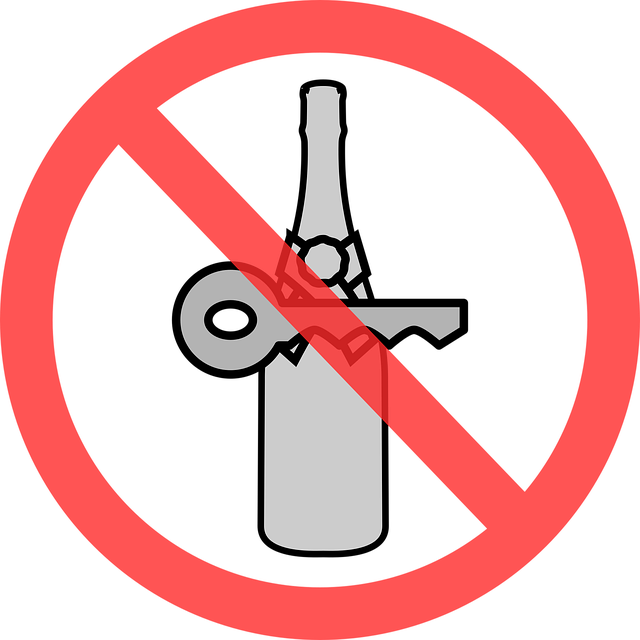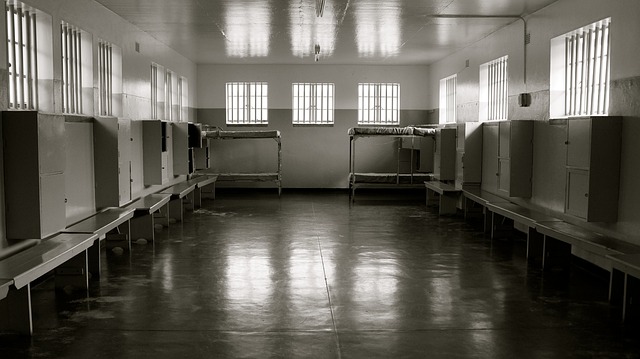College campus DUI prevention requires a multi-pronged approach combining stricter laws, educational campaigns, and technology. By closing loopholes, increasing enforcement at events and hot spots, and educating students about the dangers of drunk driving, authorities can create a safer environment for students, faculty, and visitors, potentially saving lives both on and off campus.
Loopholes closing gaps is a critical aspect of enhancing college campus safety, particularly regarding DUI prevention. This article delves into the common legal and enforcement holes that often go unnoticed, specifically focusing on how these voids contribute to and perpetuate drunk driving among students. We explore strategic interventions aimed at bolstering student safety, emphasizing the synergistic effects of effective legislation and comprehensive educational initiatives in combating College Campus DUI Prevention.
- Identifying Common College Campus DUI Loopholes
- Strategies to Close Gaps in Student Safety
- Effective Legislation and Education for Prevention
Identifying Common College Campus DUI Loopholes

College campuses across the nation are hotspots for youthful exuberance and new experiences, but they can also be breeding grounds for risky behavior, particularly when it comes to driving under the influence (DUI). Identifying and closing loopholes that currently exist in college campus DUI prevention is paramount to ensuring the safety of students, faculty, and visitors.
One prevalent loophole involves the age restriction for alcohol consumption. While the legal drinking age is 21 nationwide, many college parties and social gatherings occur on private property where no such restrictions are enforced. This often leads to students under 21 years old consuming alcohol, getting behind the wheel, and increasing the risk of a DUI. Enhancing enforcement strategies and collaboration with local authorities can help close this gap by conducting surprise checks at campus events and off-campus locations known for underage drinking. Additionally, educational campaigns that emphasize the consequences of DUI, regardless of age, can play a crucial role in fostering responsible behavior on college campuses.
Strategies to Close Gaps in Student Safety

Closing gaps in student safety, especially on college campuses, is paramount, given issues like College Campus DUI (Drunk Driving Under Influence) prevention. Strategies to achieve this involve multifaceted approaches. One key tactic is implementing stringent policy measures that deter alcohol consumption and driving. This includes hosting awareness campaigns to educate students about the dangers of drunk driving and promoting responsible drinking habits.
Additionally, utilizing technology can be highly effective. Installing cameras around campus and employing mobile apps that track student locations and activities can help monitor high-risk areas and situations. These tools enable authorities to swiftly intervene when necessary, ensuring a safer environment for all students.
Effective Legislation and Education for Prevention

Effective legislation and education are pivotal in preventing College Campus DUI (Drunk Driving Under Influence). Stringent laws that impose harsher penalties for DUI offenses can act as a deterrent, making students more cautious about their actions. By raising awareness on campus through workshops, seminars, and peer-led initiatives, students can learn about the potential consequences of drinking and driving, not only for themselves but also for others. Education programs can highlight the impact of DUI accidents, emphasizing that one wrong decision can lead to severe injuries or even fatalities.
Moreover, integrating education into the college experience equips students with life-saving knowledge. They learn responsible drinking practices, understanding the concept of ‘impairment’ and how it affects judgment and coordination. Such initiatives aim to foster a culture where students support each other in making informed choices, potentially saving lives on campus and beyond.
By identifying common loopholes on college campuses, such as those facilitating DUI-related incidents, we can implement effective strategies to enhance student safety. Combining robust legislation with educational initiatives is key to preventing drunk driving among students. Through collaborative efforts and staying informed about emerging trends, we can ensure that college campus DUI prevention becomes a cornerstone of campus safety, fostering healthier, safer environments for all.






